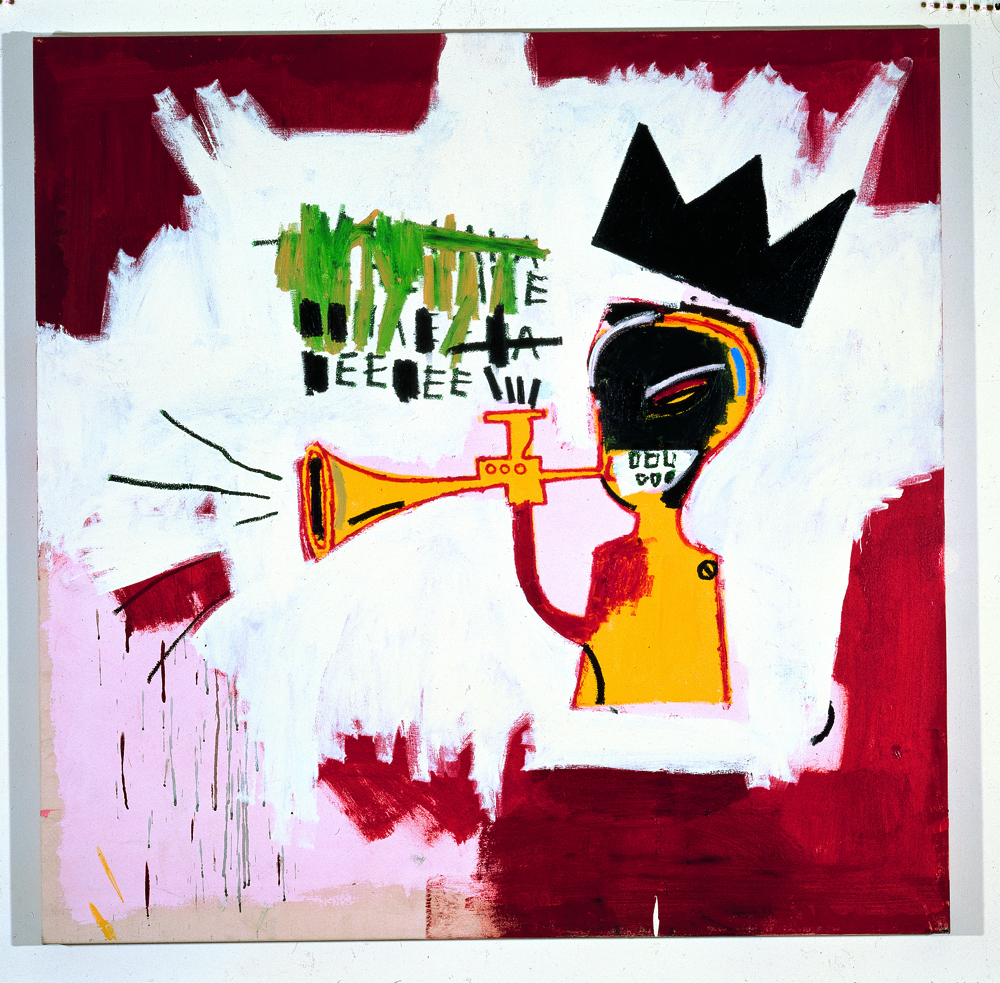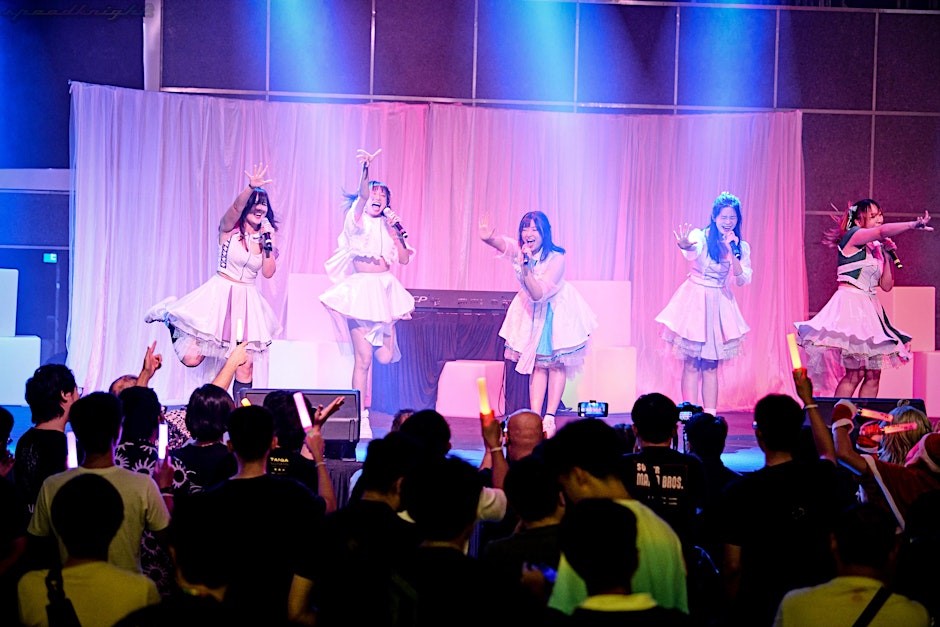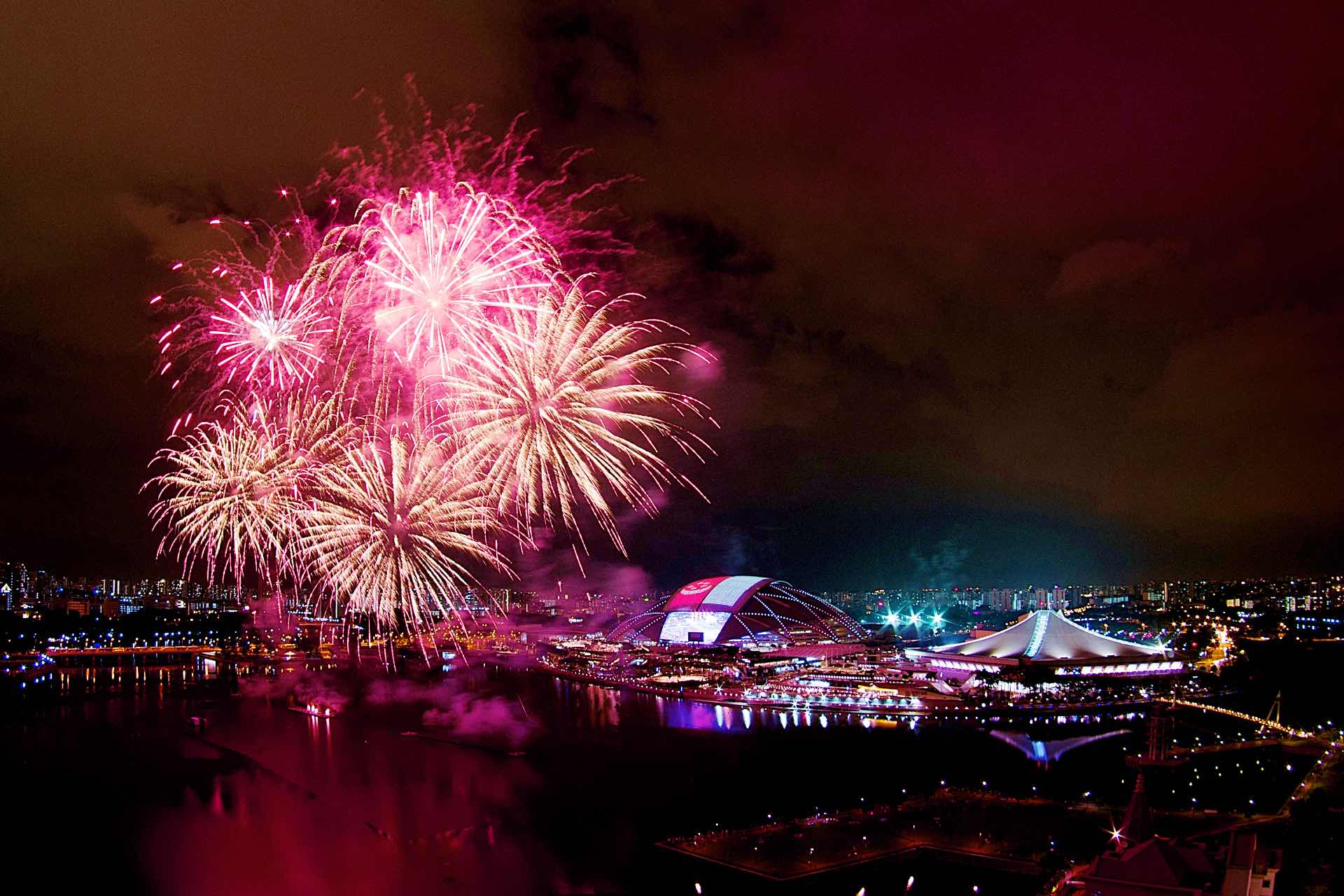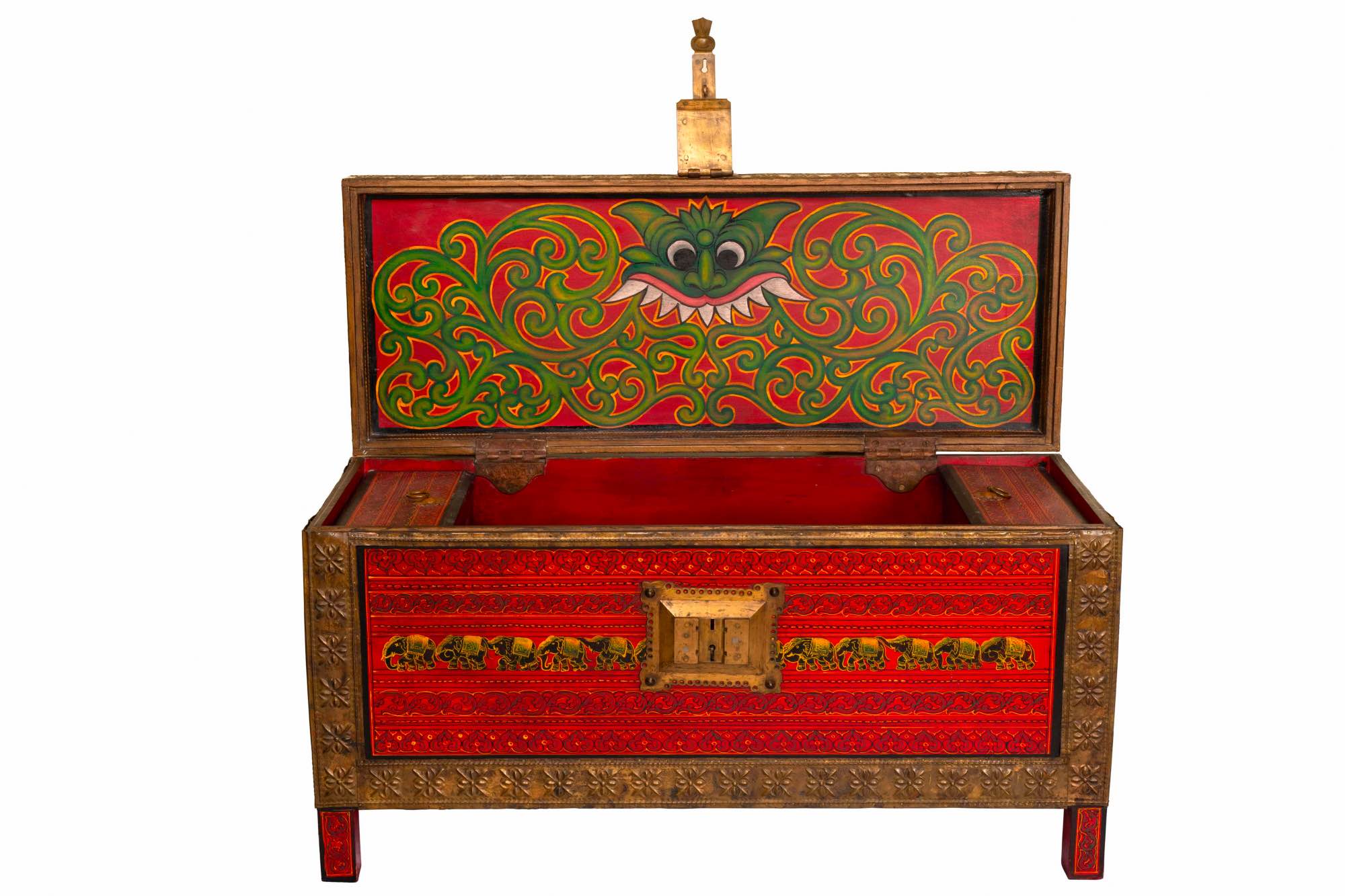
Originally from the South Indian state of Kerala, the Malayalees are the second largest sub-group within Singapore’s Indian population. Ente Veedu, My Home: Malayalees in Singapore at the Indian Heritage Centre (IHC) is the first exhibition of its kind to focus exclusively on their heritage, culture, and identity.
The exhibition, which runs till Sep 15 next year, features both intangible and tangible aspects of Malayalee history and heritage through artefacts and stories as well as a variety of community programmes.

Hindus, Muslims, Syrian Christians, Roman Catholics, and many other cultures and faiths make up the diverse community, which spans centuries. During the 19th century, the Malayalees searched for better employment opportunities outside of their homeland, ultimately contributing to Singapore’s development. Their contributions span a wide range of fields such as healthcare, community and social services, politics, defence, and law.
Maria Bhavani Dass, general manager of IHC says, “Ente Veedu means ‘my home’ in Malayalam. By co-creating this exhibition with the community, we invite all to hear their stories, and explore notions of home and identity from their perspective. We hope visitors will come away with a deeper appreciation of this rich and vibrant culture.”
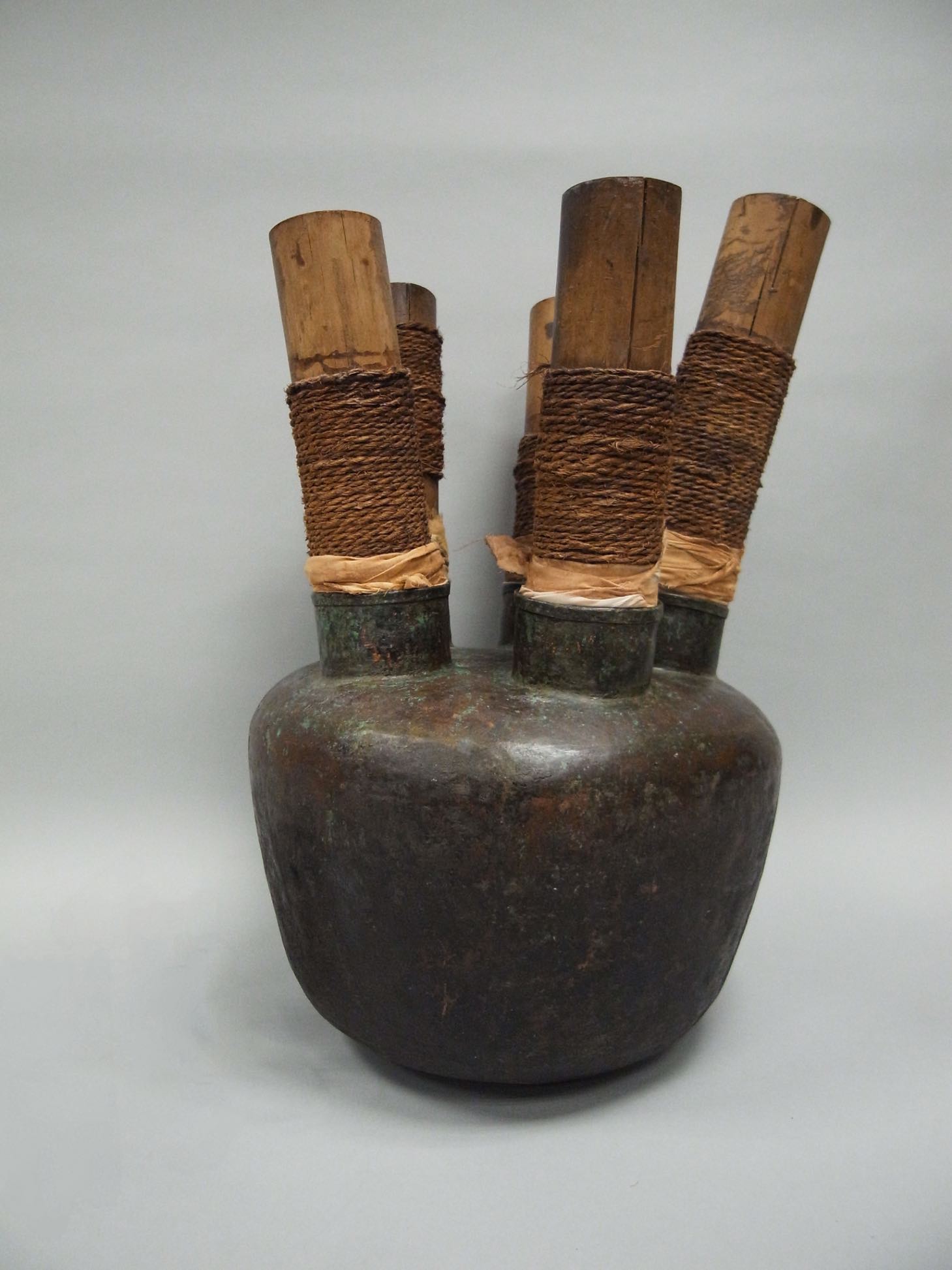
Featuring more than 200 artefacts from the National Collection, institutions such as the National Library Board, National Museum of Singapore and Singapore Press Holdings, as well as the Malayalee community – some of which will be on display for the first time – the exhibition examines different aspects of their rich heritage through four distinct zones.
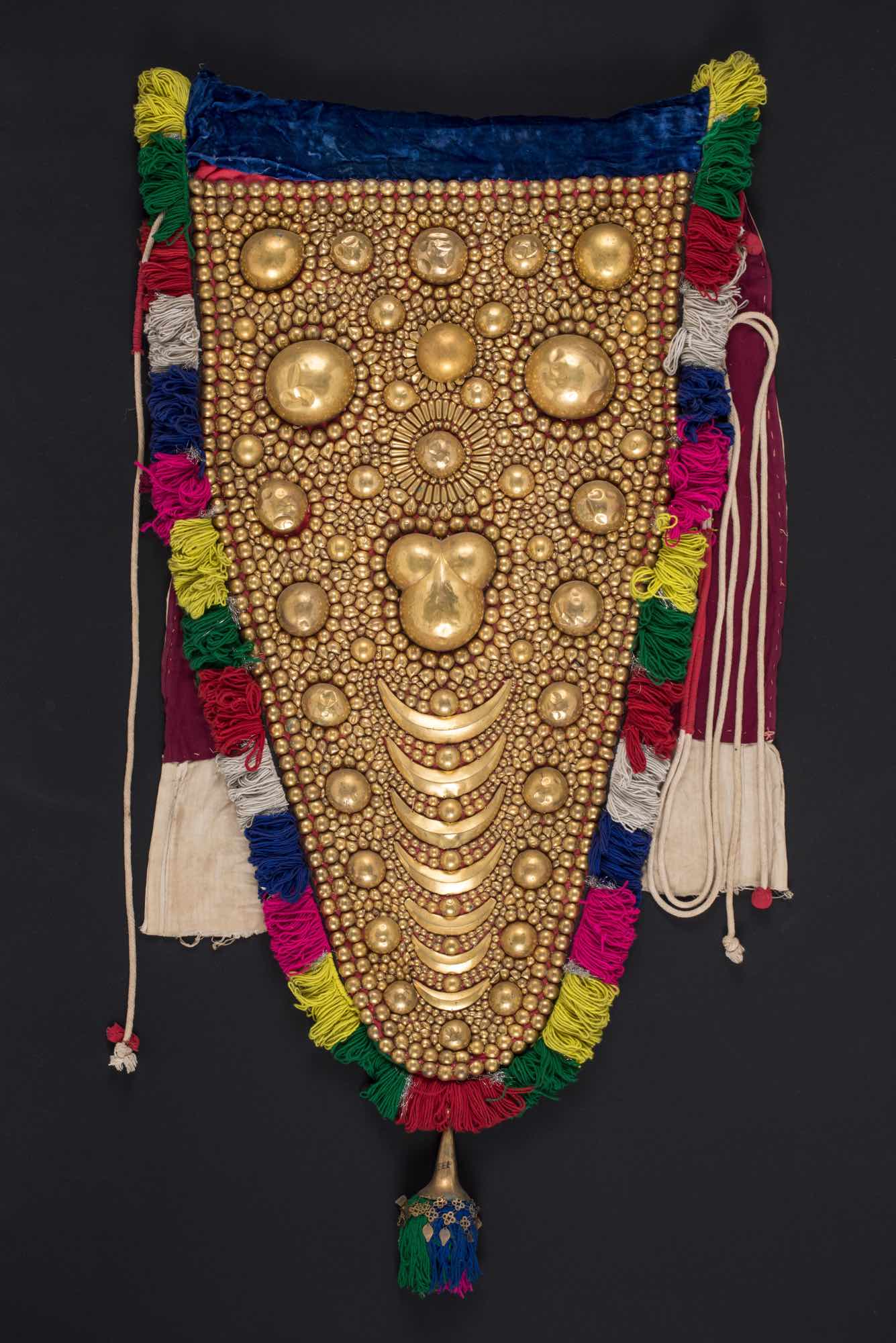
“From Kerala to Singapore” is the first zone which explores the ancestral roots and migration of the Singapore Malayalees through artefacts used in their home state of Kerala. They include the decorative elephant caparison or nettipattam, commonly made from copper and gold-plated materials with intricate designs and vibrant multi-coloured thread work. It adorns the heads of elephants during festivals in Kerala. Symbolic of the elephant-headed Hindu deity Ganesha, this artefact is on public display for the first time.
“Ente Singapore: My Singapore” focuses on the community’s arrival, settlement and contributions; the spaces they lived, worked and played in; and the art forms and languages they brought with them and continued to practise as they evolved from Keralites to Singapore Malayalees. A highlight is the only pair of Malayalam palm leaf manuscripts in IHC’s collection that demonstrate the importance of the mother tongue to a linguistically diverse community.
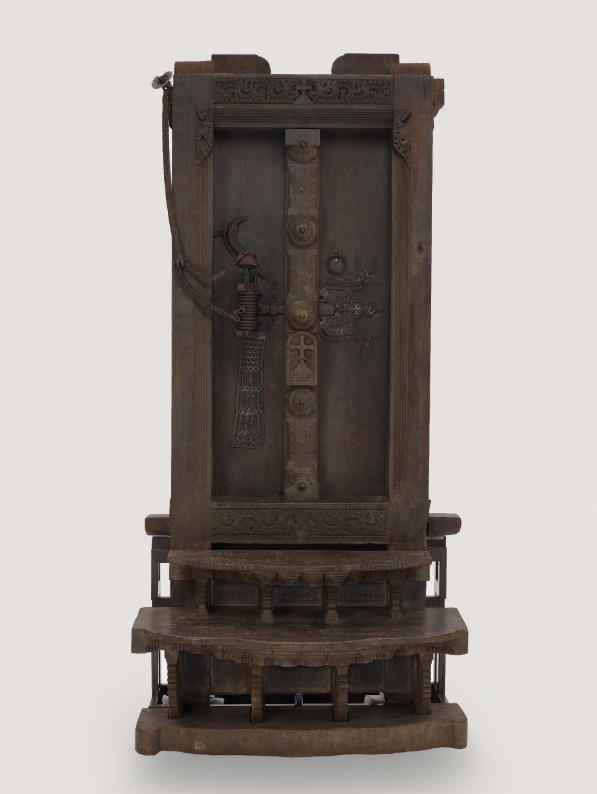
“In a Malayalee Home” explores the depth and breadth of Malayalee customs and traditions by looking at this intimate space and its personal items. A traditional Syrian Christian doorway, on display for the first time, illustrates the importance of religious beliefs and customs in this religiously diverse community.
The final zone “Malayalees in Singapore” showcases black-and-white and sepia-toned photographs chronicling the lives of Malayalee pioneers. In collaboration with the youth wings of the Singapore Malayalee Association, Singapore Kairalee Kala Nilayam, Sree Narayana Mission, and Naval Base Kerala Library, the video Being Malayalee: Voices of the Future concludes the exhibition by sharing 10 Singaporean Malayalee youths’ thoughts on home, culture, and identity in contemporary Singapore. It also invites visitors to reflect on these notions for themselves.
This exhibition marks the centre’s sixth special exhibition and third community-curated offering.
Ente Veedu, My Home: Malayalees in Singapore is open from 10am to 6pm, Tuesdays to Sundays at IHC, 5 Campbell Lane, Singapore 209924. Admission is free for Singaporeans and permanent residents. For more information, visit www.indianheritage.gov.sg.


